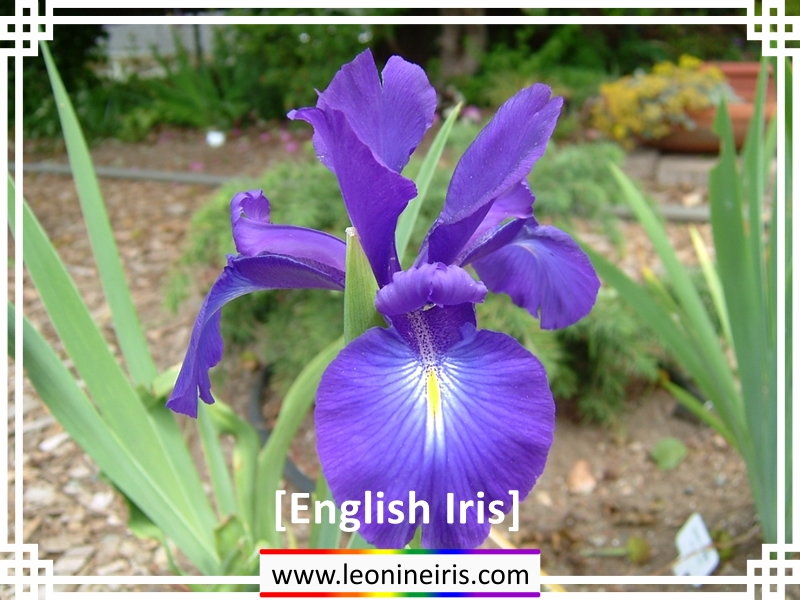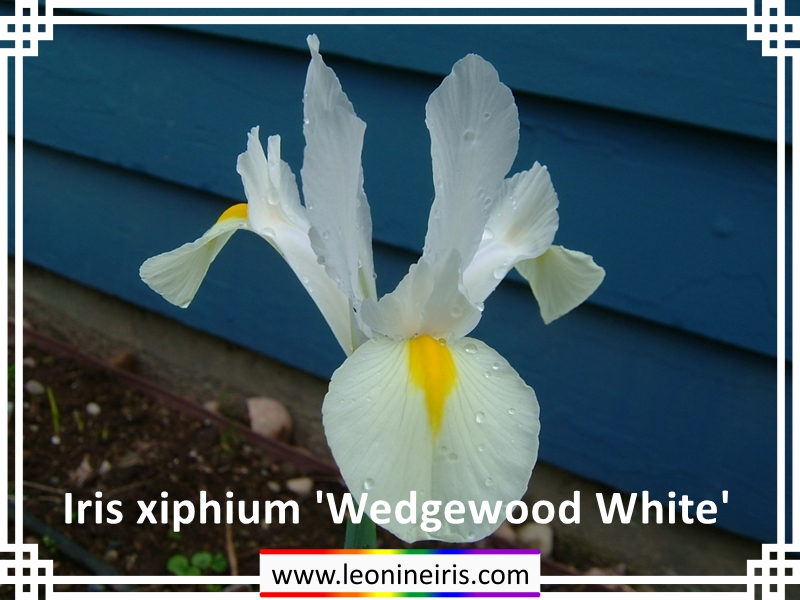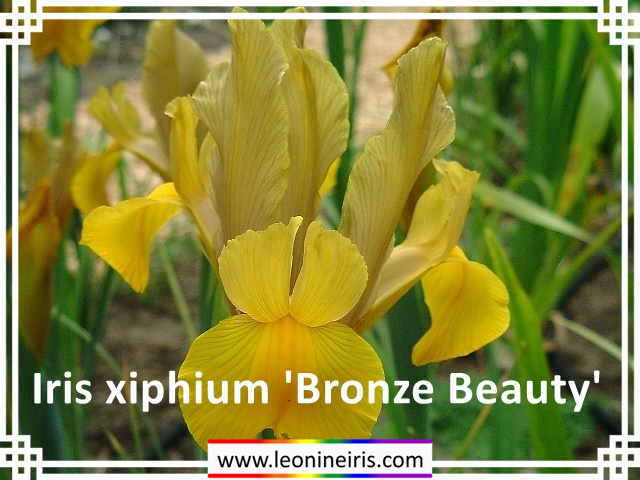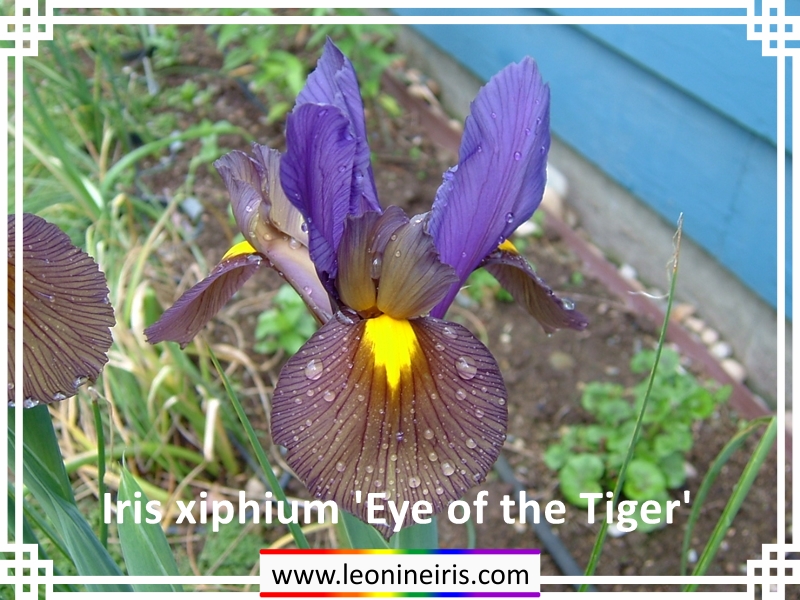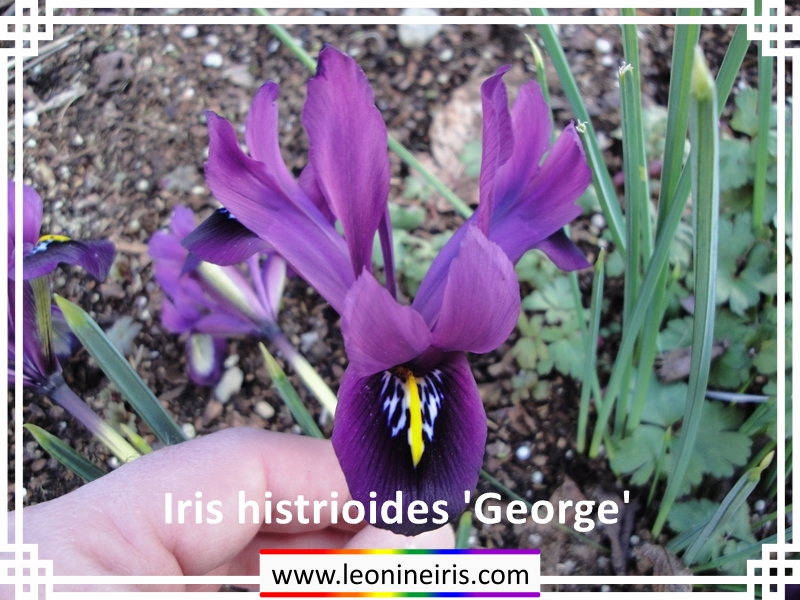- Home
- Rhizome Sales
- Pacific Coast Iris
-
Other Iris
- Bearded Iris
- Classifications Bearded Culture Dividing Bearded Iris
- Species/Bulb Iris
- Species Culture Bulbous Culture
-
Articles
- Information
- Diseases and Pests AIS Registrations USA Zone Map
- Iris in the Landscape
- Iris in the Landscape Iris in Containers Iris for all Seasons Companion Plants
- Pondering...
-
Galleria
- Pacific Coast Iris
- Leonine Iris Introductions Leonine Iris Seedlings Pacific Coast Iris
- Beardless Iris
- Siberian Iris Japanese Iris Spuria Louisiana Iris Cal-Sib SinoSib
-
IrisBytes
- IrisBytes
- About IrisBytes
- Fun With Iris
- Digital Iris Jigsaws Iris Word Search
- Iris Graphics
- Iris Screen Savers Iris Seamless Tiles 1 Iris Seamless Tiles 2 Iris Desktop Wallpapers
-
LeonineBytes
- LeonineBytes
- About LeonineBytes
- PC Screensavers
- Holiday Screensavers Assorted Screensavers
- PC Personalization
- Holiday Seamless Tiles Christmas Seamless Tiles 1 Christmas Seamless Tiles 2
- Contact
Bulbous Iris
Bulb Iris are sometimes the "forgotten child" when it comes to the world of iris. They can be very effective when used in annual or perennial flower beds, lending an extra splash of color and then fading away until the next year. All bulb iris benefit from a dose of slow release bulb food when being planted, and then also again in the spring or summer as they are blooming. Fertilizing helps build strong healthy plants and promotes more increases of the bulb. Once planted, the bulbs generally do not need to be lifted or divided for a number of years.

Iris bulb comparison
English Iris (Iris xiphoides)
A bulb iris of great significance (in my humble opinion), but rarely seen. If you are familiar with the Dutch Iris, picture the petals with darker, more vibrant shades of blue, purple, rose and white, covered with a velveteen sheen, and you will have English Iris. Full sun and well drained soil work best, although we have had good experience growing them in partial sun conditions. With a fibrous skin, the bulbs of mature plants can be about the size of an egg. They are unfortunately prone to a fusarian disease that causes spotting, but since they are easily frown from seed, and seed is patently free of disease, you can continue enjoying them for many years. Hard to find, beautiful to grow, they are worthy of seeking out and adding to the landscape!
Spanish Iris (Iris xiphium)
Spanish Iris are also very similar to Dutch Iris (both the same species). They are more delicate in structure, but share the same style and flower colors. The bulb is similarly textured but more rounded.
Dutch Iris (Iris xiphium)
When most people hear "bulb iris", a mental picture of Dutch Iris (Iris xiphium) pops into their mind. Dutch Iris are one of the most highly utilized cut flowers in the world! Therefore, I often use Dutch Iris as the basis for describing some of the other bulb iris available.
Dutch Iris are commonly available in shades of blue, yellow and white, although there are rose shades available as well. Full sun and well drained soil will produce the best blooming results. When in bloom they range from 12" to 24" in height. The bulb generally is smooth in texture and somewhat teardrop shaped. Don't forget to fertilize!
Iris danfordai
Iris danfordai is one of the earliest blooming bulbs we have here in the Pacific Northwest. These bright yellow flowers add a great splash of bright color during our gray winter days. These bulbs do well in mixed perennial beds and work well for naturalizing.
Iris reticulata
The "reticulate iris", so called for the netted skin that protects the bulb, are also bright colors for gray winter days. They are available in several shades of blue and violet, with yellow and white highlights.
Iris histroides
Iris histroides varieties are almost identical to Iris reticulata varieties. The main differences are the lack of a netted skin on the bulb and petals that are wider and more rounded. The color range is a bit more extensive, ranging into cream tones with more significant patterning.
Iris bucharica
Also known as the "Corn Flower Iris", Iris bucharica is an unusual edition to the landscape. The flowers look are similar to the aforementioned Dutch Iris, but instead of blooming at the top of a stalk, the blooms of yellow and white come out from the main stem, looking it like a miniature corn plant! It needs full sun and a well drained soil. It does not like to be disturbed, so be sure to plant it somewhere that it can stay for a number of years. It's also unusual in that the bulb itself has fleshy roots extending from it. Rumor has it that if these fleshy roots are broken off when planting the bulb, you will lose the plant entirely. It makes sense to be careful with these roots when planting, whether or not the rumor is true! This bulb is becoming more widely available, so if you have the opportunity to obtain one, do so!
